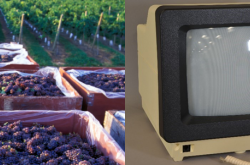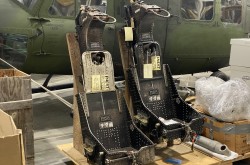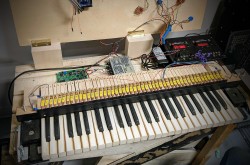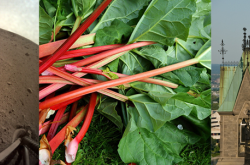Contempra telephone
This article was originally written and submitted as part of a Canada 150 Project, the Innovation Storybook, to crowdsource stories of Canadian innovation with partners across Canada. The content has since been migrated to Ingenium’s Channel, a digital hub featuring curated content related to science, technology and innovation.
For many years, Canadians depended on American designs for their telephones. Northern Electric Company, the manufacturing arm of Bell Canada, used designs licensed from Western Electric, which was associated with AT&T. When the agreement expired in 1966, young industrial designer John Tyson and his team at Northern Electric developed the Contempra phone: a telephone that innovated in both its shape and colour. Unlike the familiar curvilinear designs of the time, Tyson’s phone was angular, with the dial in the handset, rather than on the base. It could be used either as a table model or hung on the wall. It was also offered in a wide range of colours—like mauve, red and orange—to coordinate with modern 1960s interiors. The design was so popular that it was sold in more than fifteen countries around the world.
















